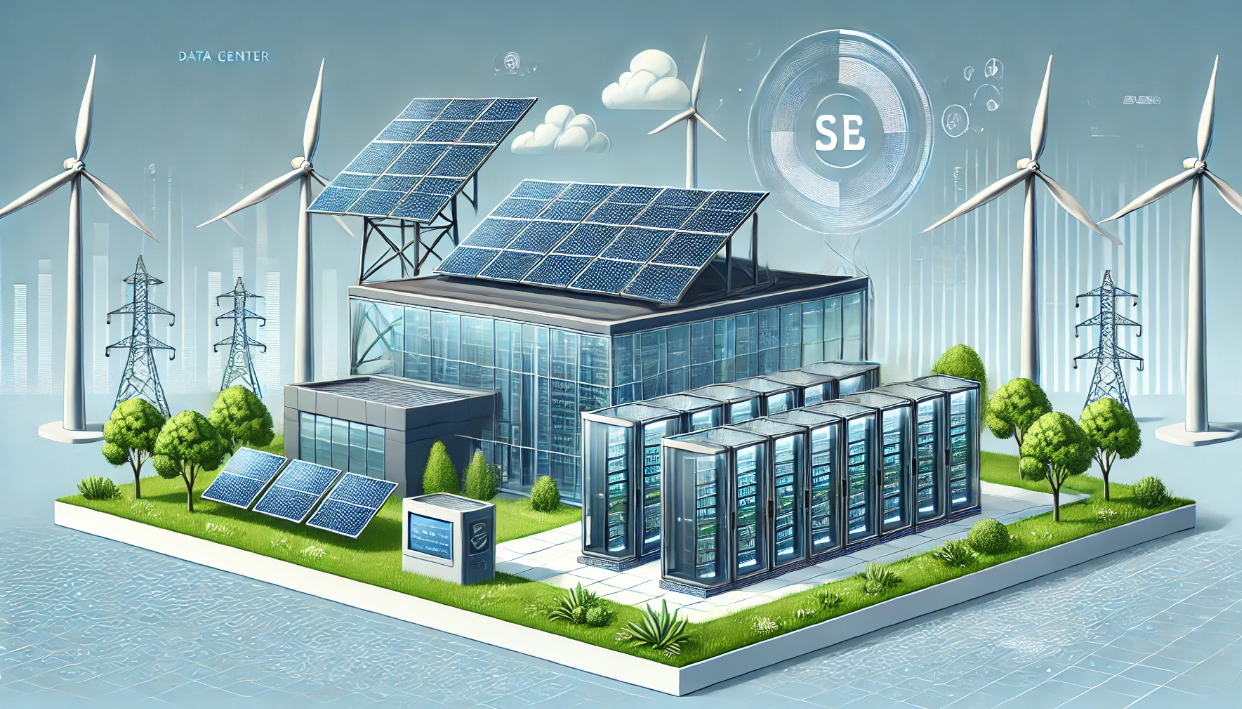Green Data Centers: How the Industry Is Moving Toward Sustainability
Meta Description: Explore how data centers are going green through renewable energy, energy-efficient technologies, and carbon footprint reduction. Discover what makes a sustainable data center and why it matters.
Introduction: Can Data Be Green?
Data centers are the backbone of the internet — but they’re also massive consumers of electricity and natural resources. In fact, global data centers account for approximately 1–2% of total electricity use, and that number is growing.
But there’s a shift happening.
From hyperscale tech giants to boutique hosting providers, the industry is embracing green data centers — facilities designed to reduce energy consumption, minimize environmental impact, and drive digital sustainability.
In this post, we explore what makes a data center green, the technologies and practices enabling that transformation, and why sustainability in hosting isn’t just good ethics — it’s good business.
What Is a Green Data Center?
A green data center is a facility that:
-
Uses renewable energy sources
-
Implements efficient cooling and power systems
-
Reduces carbon emissions and e-waste
-
Operates with environmental sustainability in mind
The goal: deliver high-performance digital infrastructure with the smallest possible environmental footprint.
Key Green Practices in Modern Data Centers
✅ 1. Renewable Energy Adoption
Data centers are increasingly powered by:
-
Solar farms
-
Wind turbines
-
Hydroelectric grids
-
Geothermal energy
Major players like Google, Amazon, and Microsoft have pledged 100% renewable energy usage across their global data center operations.
Green power = clean cloud computing.
️ 2. Energy-Efficient Cooling Systems
Cooling accounts for 30–40% of a data center’s total energy usage. Green data centers are adopting:
-
Free air cooling (using outside air)
-
Liquid cooling (direct-to-chip or immersion cooling)
-
Hot/cold aisle containment (optimized airflow)
-
AI-based thermal management
Smarter cooling = massive energy savings.
⚡ 3. Power Usage Effectiveness (PUE) Optimization
PUE = Total facility energy ÷ IT equipment energy
The closer the PUE is to 1.0, the more efficient the data center. Green facilities aim for PUEs below 1.3, while traditional centers may be at 1.7 or higher.
Tactics to lower PUE:
-
Efficient power distribution
-
Intelligent UPS systems
-
LED lighting and automation
Better PUE = less waste, lower costs, greener operation.
4. Hardware Recycling and Circular IT
Instead of discarding aging hardware:
-
Servers are refurbished or resold
-
Components are repurposed or recycled
-
E-waste is minimized through responsible disposal
Some providers even offer carbon-neutral hosting by offsetting emissions with tree planting or green initiatives.
Sustainability doesn’t end at uptime — it includes hardware lifecycle too.
Green Data Center Certifications
When choosing a provider, look for data centers with certifications like:
-
LEED (Leadership in Energy and Environmental Design)
-
ISO 50001 (Energy Management)
-
Energy Star for Data Centers
-
Green Grid Membership or PUE Reporting
-
CarbonNeutral® certifications
These badges indicate real, measurable commitment to sustainability.
Why Sustainability Matters for Hosting Clients
1. Environmental Responsibility
-
Reduced carbon footprint
-
Lower global energy demand
-
Less electronic waste
2. Better Brand Reputation
Customers increasingly support eco-conscious brands.
3. Cost Efficiency
Energy-efficient facilities = lower operating costs = potential savings for clients.
⚖️ 4. Regulatory Compliance
Some regions require or incentivize green infrastructure.
Hosting green helps your business do good and look good.
Final Thoughts: Green Isn’t Optional — It’s the Future
As the internet grows, so does its environmental impact — but also its potential to drive global sustainability.
By:
-
Choosing renewable energy
-
Optimizing for efficiency
-
Reducing waste
-
Supporting green-certified data centers
…the hosting industry can lead by example.
Green data centers aren’t just a trend. They’re the future of sustainable infrastructure.

